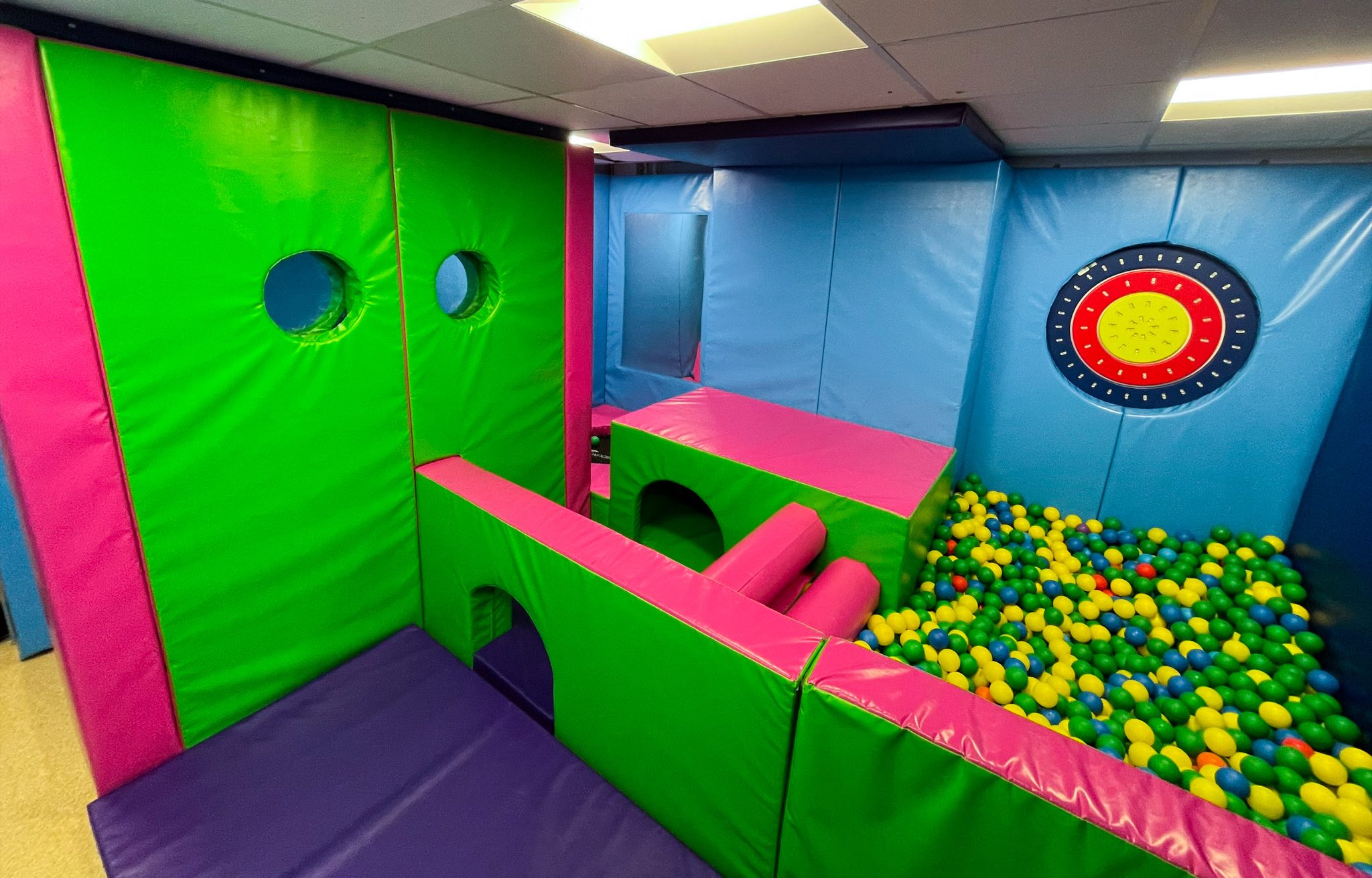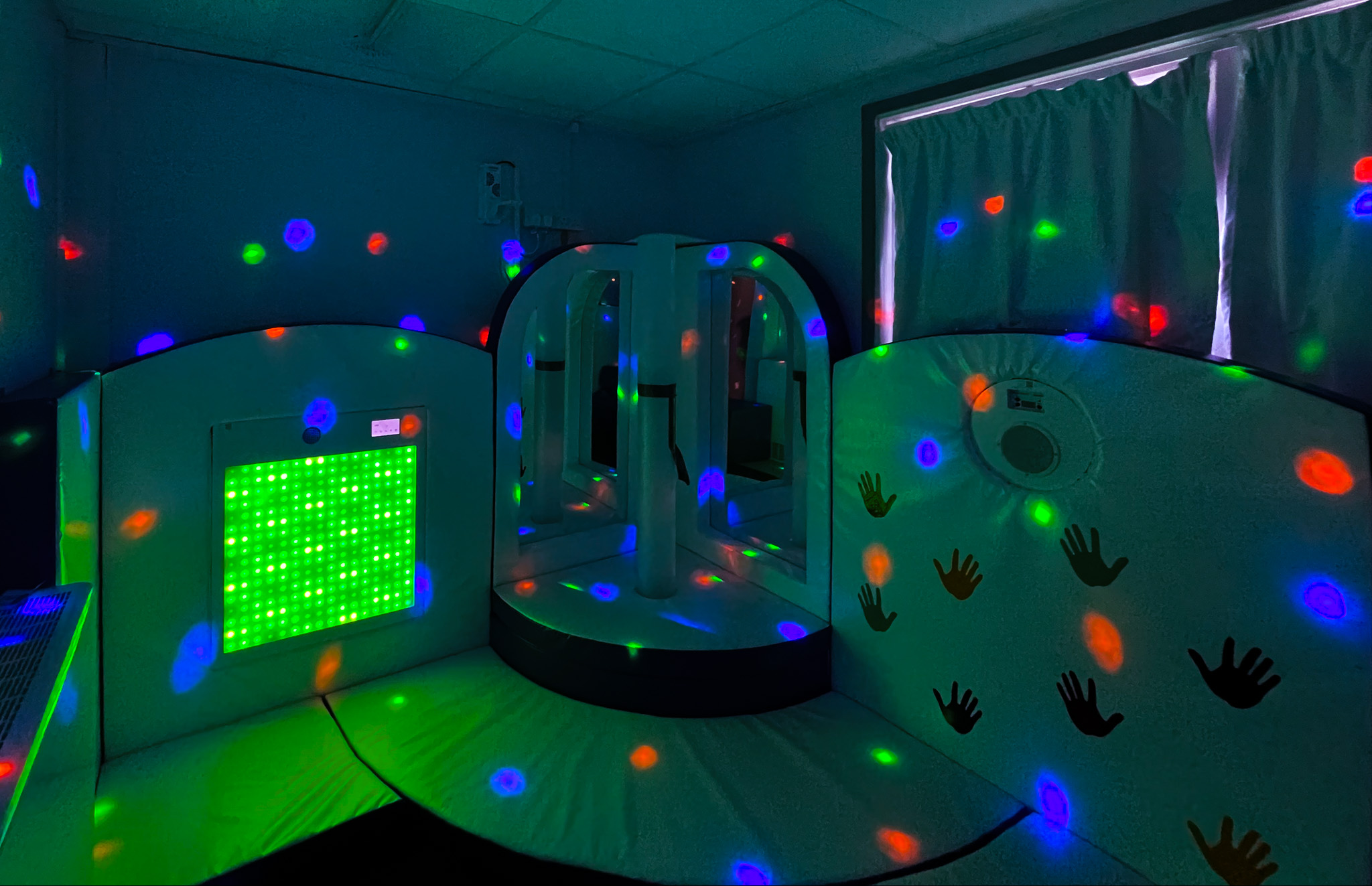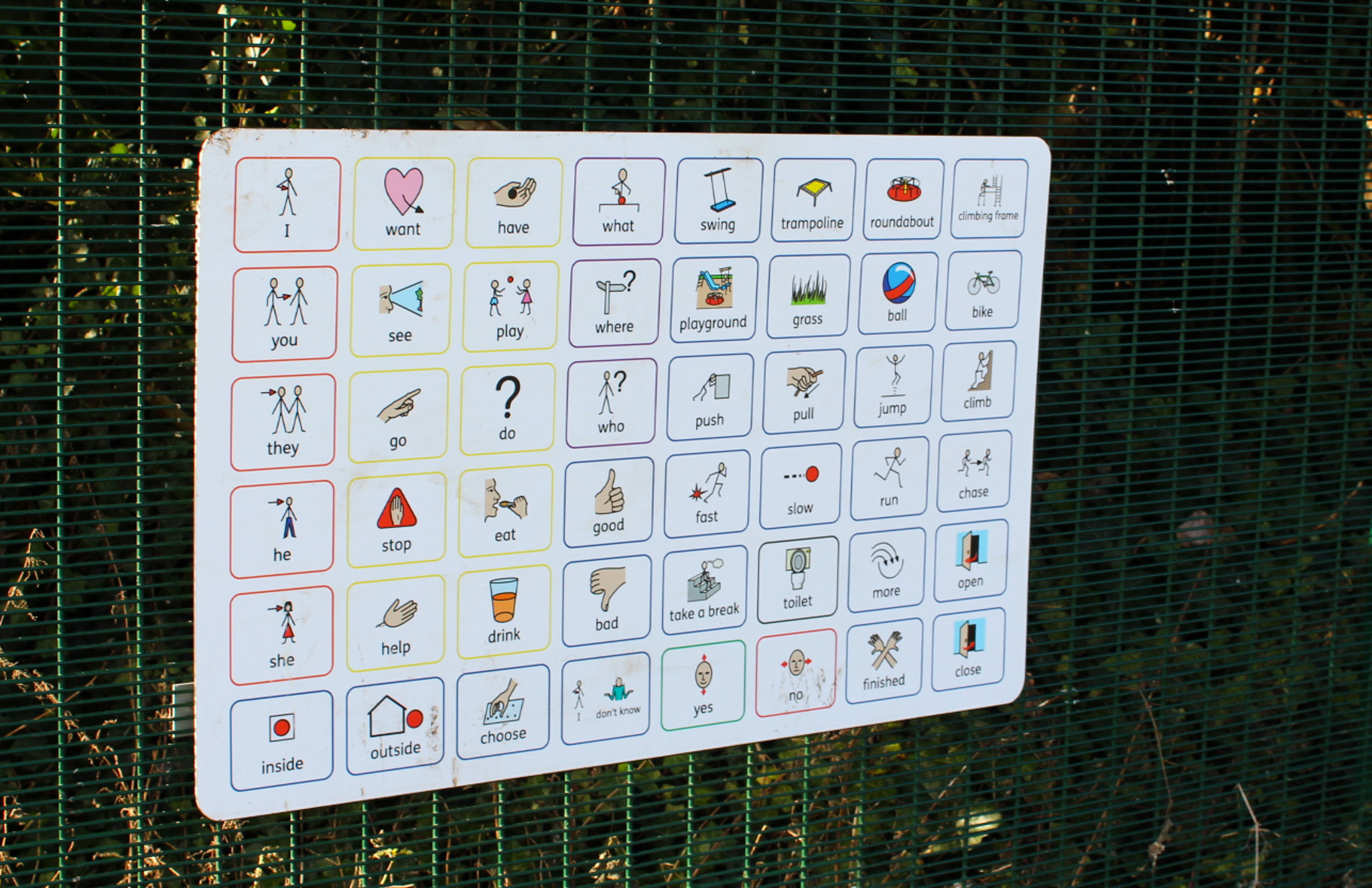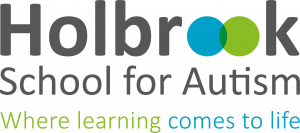Our Provision
Sensology
Sensology sessions are designed to awaken the senses and gently introduce our students to new experiences. This is achieved by gradually introducing new and unfamiliar sounds, textures, tastes, visuals, and smells. Our aim is for the students to build tolerance to new sensory experiences so that they can participate fully in the world; outside of their own comfort zones.
Benefits of Sensology
- An activity to wake up your senses and encourage the use of senses that are under used
- Enhances senses
- Encourages language/signing
- Accepting of new experiences and flavours, smells, sounds and feelings
- Helps to master refusal of different items
- Takes students beyond their comfort zones
- Encourages choice and decision making
- Learning about preferences
- Understanding the world around them
- Encourages anticipation and attention
- Develops cognitive learning
- Builds relationship with staff
- Relates to self and others
- Stimulates interest in learning
- Supports acceptance of structured sessions
- FUN and ENJOYABLE
Sensory Processing
Sensory processing relates to how our students perceive the world through their senses. All of our students experience this differently, and need varying levels of support to help them engage with learning and every day experiences. Staff work in collaboration with both the occupational therapist and parents to assess needs and inform a sensory diet for each student. At school, we employ a multi-faceted approach to supporting our students with sensory processing. This includes providing appropriate equipment, a calm learning environment, and functional learning opportunities.
As part of the curriculum, sensory opportunities form part of the learning experience for our students and include fine and gross motor activities, physical activity, movement breaks and sensology sessions (learning using the senses). We recognise that physical activity contributes greatly in supporting the sensory needs of our students and the use of climbing equipment, bikes, scooters, swings and trampolines is an important part of the day. We aim to provide our students with the tools to both cope with their sensory processing needs and thrive at both school and their time beyond.


Emotional Literacy Support Assistant (ELSA)
What is an ELSA?
An ELSA is a specialist teaching assistant with a wealth of experience of working with children. There will always be children and young people in schools facing life challenges that detract from their ability to engage in learning, and some will require greater support to increase their emotional literacy than others. ELSA is an initiative developed and supported by Educational Psychologists. ELSA’s are trained, supported and regularly supervised by these psychologists to plan and deliver programmes of support to children who are experiencing temporary or longer term additional emotional needs. It is recognised that children learn better and are happier in school if their emotional needs are addressed. The role of the ELSA is to help your child feel happy in school and reach their potential educationally, whilst removing barriers to learning resulting in happy children in school and at home, building your child’s emotional development and help them cope with life’s challenges.
How does the ELSA work?
Children are usually referred for ELSA support by their class teacher, Senior Leaders or SENCo. Having identified and prioritised these children, with the programme aims in mind, support sessions are planned to facilitate the pupil in developing new skills and coping strategies that allow them to manage social and emotional demands more effectively.
With ELSA we aim to provide support for a wide range of emotional needs including:
· Recognising emotions
· Self-esteem
· Social skills
· Friendship skills/relationships
· Anger management
· Anxiety and worries
· Conflict
· Loss and bereavement
· Problem solving
· Social and therapeutic stories
· Managing strong feelings
· Emotional regulation
· Bullying
How does the Emotional Literacy Support work?
· A regular slot during the school week.
· Sessions can be individual or in small groups and tailored to the child’s individual needs.
· Sessions are fun and might include role-play, puppets, board games, arts and crafts and stories.
· They include time to talk and to be heard.
· ELSA programmes last approximately 6-8 weeks
Supporting – not fixing
ELSA’s are not there to fix children’s problems.
What ELSA’s can do is provide emotional support, aiming to establish a warm, respectful relationship with a pupil and to provide a reflective space where they are able to share honestly their thoughts and feelings. The ELSA uses techniques such as active listening, problem clarification and open questions to guide conversations. They avoid rushing in with suggested solutions and instead assist the pupil to reflect on their concerns and lead them to explore possible strategies and solutions for themselves.
It needs to be appreciated that change cannot necessarily be achieved rapidly and is dependent upon the context and complexity of the presenting issues. For children with complex or long-term needs it is unrealistic to expect ELSA intervention to resolve all their difficulties, however support will be designed to target specific aspects of a child’s need. Training and development of ELSA’s is an ongoing process and wisdom is required to recognize when issues are beyond the level of expertise that could reasonably be expected of an ELSA. The Educational Psychologists that work with our school will be able to offer advice on suitability or nature of ELSA involvement in complex cases.
Attention Autism
Attention Autism is an intervention designed by Gina Davies, which aims to develop attention and spontaneous speech. Attention Autism has 4 stages that aim to be visually pleasing and motivating activities. The main purposes of Attention Autism are:
- To provide an irresistible invitation to learn
- To encourage spontaneous communication, to hopefully lead to more functional communication
- To develop attention and engagement
- To create positive memories and have fun!
- The Stages
Stage 1 – Bucket
The bucket is filled with engaging objects and toys which only the adult can touch. The aim is to gain the shared attention of the group. The adult leader enthusiastically shows each item to the group and uses simple repetitive vocabulary to comment on the various objects.
Stage 2 – Attention Builder
A visually stimulating activity, carried out by the adult leader with the aim of sustaining attention for a relatively long period. The activities are fun, visually engaging and can often involve delightful mess!
Stage 3 – Turn taking
This is an engaging activity where the group members will take turns to join in. It can be stimulating or calming. This teaches the students how to shift their attention to their own individual participation in the group.
Stage 4 – Independent Activity
The aim is for the student to watch an activity being modelled, take that activity away and complete it as independently as possible, then return to the group with their completed activity.
Further information can be found by visiting the Gina Davies website.
Picture Exchange Communication System (PECS)
PECS (Picture Exchange Communication System) can be used in a variety of situations to help students to communicate their needs and wants as well as aid spoken language. Students exchange pictures to gain the object they want, whether that be a solid item such as a ball or a concept such as “more”. As students move through the stages of PECS their understanding of vocabulary will grow.
At Holbrook we aim for all students to be successful communicators starting in the early stages of picture exchange, we provide opportunities to request motivating items whether this be different toys or activities they can join in with. As the students move through the different stages of PECS they become independent communicators and we continue to provide them with opportunities to practice these skills in a range of different environments.

Makaton
Makaton is a method of communication that can be used as either the main form of communication or to support the development and understanding of speech. The Makaton signs are used alongside speech, in spoken word order, so that they support the development of students’ verbal communication and help students with no or unclear speech.
Within school, we use the signs as part of our total approach to communication. By using the signs with all students, it gives them an alternative way to communicate with peers in their class and across the whole school. Staff model signs throughout the school day and signs are also taught to students. Each week there is a sign of the week that students are shown and encouraged to use when communicating. This allows them to gradually build their knowledge of signs. The sign of the week is also shared with parents and carers through Seesaw to enable them to understand the signs being used by their child and increase their own knowledge.
For parents and carers wishing to develop their knowledge of Makaton, there are a number of useful online resources:
